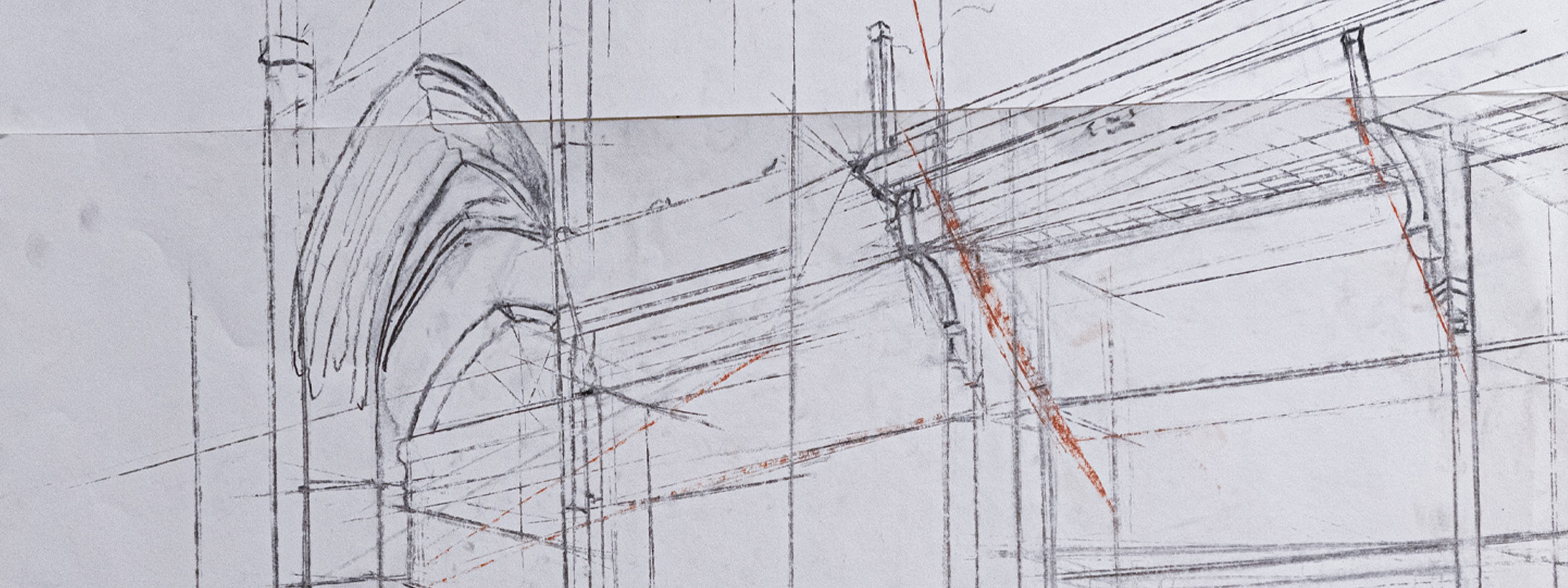Background
We periodically do a question and answer session with an alum to learn more about their experiences while at the UW and since graduation. Tamar Benzikry received her bachelor's degree in 2005; her majors were Art History (with distinction) and Jewish Studies through the Jackson School of International Studies. After two years of graduate study in New York City, Benzikry returned to the Greater Seattle area to begin a career in curating and coordinating art projects.
Interview
What made you choose Art History and Jewish Studies as your majors?
I'm the daughter of immigrants and artists. I never met my grandfathers, a painter from Germany and a cantor in Morocco. The melodies and paintings that filled my parents' home were how I got to hear their voices. So I guess you could say I learned early on about the power of art to tell stories, prompt context-seeking, and connect generations.
In many ways, I think Jewish Studies involve similar interrogation of narratives across time and space. I was raised Jewish and, looking back, I think I pursued Art History and Jewish Studies to better understand my past and explore questions that had both personal meaning and broad application. Questions like:
- What can an artwork tell us about its maker, and the time and place in which they lived?
- How does a ritual art object, or any art object, preserve tradition? How does it adopt and adapt the past, and how does it innovate?
- How do visual and textual narratives frame our stories?
Do you have any significant memories from your time as an Art History student?
I loved sitting in the dark rooms of the Art Building, blinking in the glow of images projected on the screen, and learning how to unpack works of art as windows to ideas. I think about how Professor Casteras modeled looking at an artwork's form, style, and content in great detail. How Professor Wieczorek examined the social, political, and cultural circumstances that shaped an artwork's making and reception. I learned how to ask significant questions about works of art, and perhaps more importantly, to look for the questions a work of art asks us.
Tell us about your career progression so far.
As a third culture kid, I spent a lot of my childhood translating for my immigrant parents, in both language and culture. I think that colors how I see the world and why I work to create space for artists to express their own language. It's why I try to develop entry points and scaffolding so others can find their way into art, too.
Following a series of museum internships, my first job out of grad school was with a municipal art program. That's where I fell in love with the possibilities of public art — of bringing art into people's everyday lives. I started out coordinating small-scale, local installations for the City of Bellevue and went on to manage increasingly experimental regional projects with 4Culture. As my interest and skills in DE&I, multi-agency collaboration, and public/private partnership grew, the complexity of my projects grew, too. For example, I led amazing teams in reimagining a traditional poetry on buses program into a social practice focused on immigrant and BIPOC communities and in transforming the portal to Downtown Seattle into a street art corridor that features 60 artists from 20 countries. Most recently, I joined the dedicated team of global curators at Facebook's Artist in Residence Program*, again furthering the reach, scale, and impact of the artists I'm lucky to work with.
*The Facebook AiR Program was renamed Facebook Open Arts during autumn 2020.
Do you have any advice for current students about the value of an arts degree?
I firmly believe that curiosity and creativity go hand in hand and that the world needs more of both of these skills / approaches that you are honing. Lean into them and be ambitious. Challenge yourself and the people around you to dream big and look closely, to ask questions and experiment, to collaborate and build.
Links
- LinkedIn profile for Tamar Benzikry
- SODO Track project website
- Facebook Open Arts

